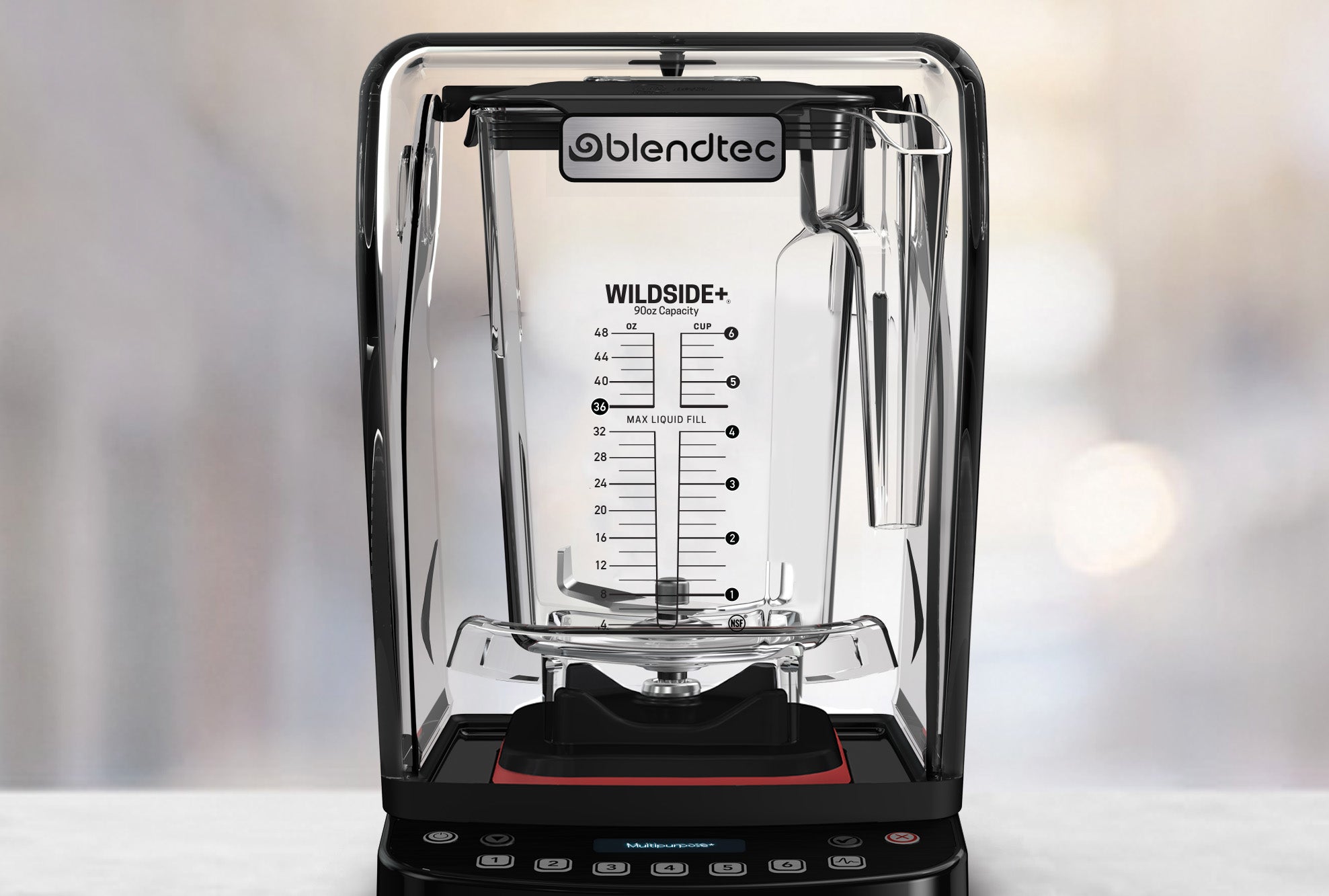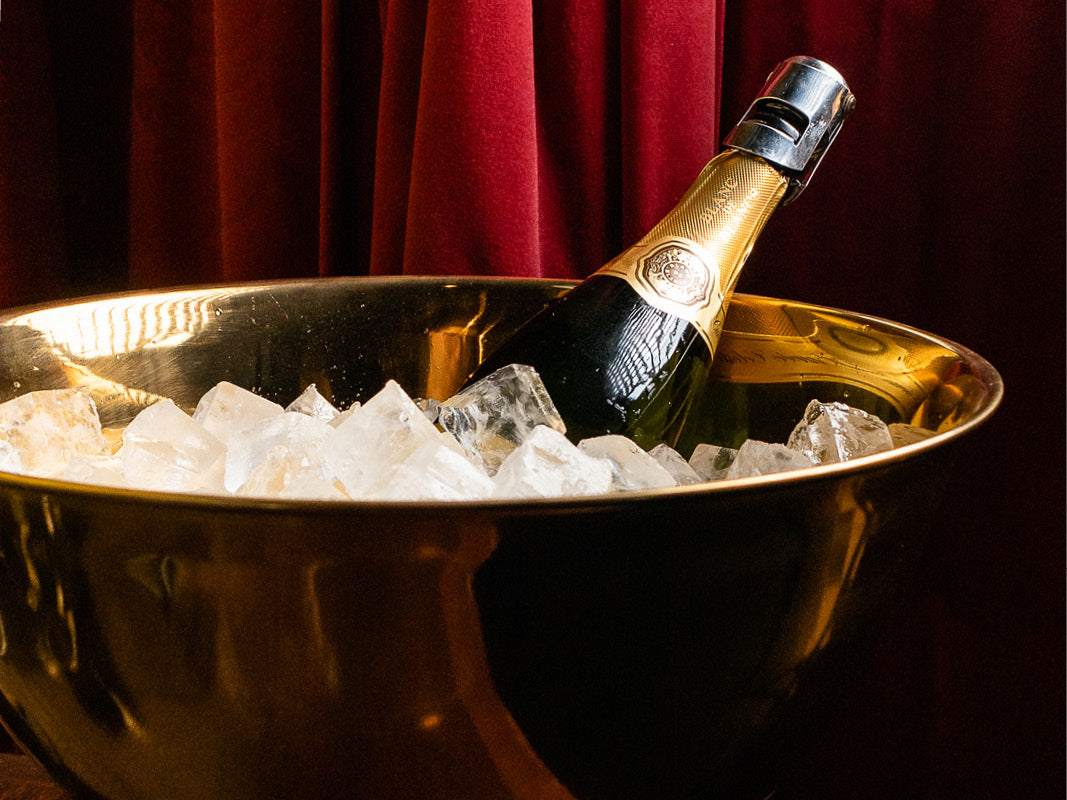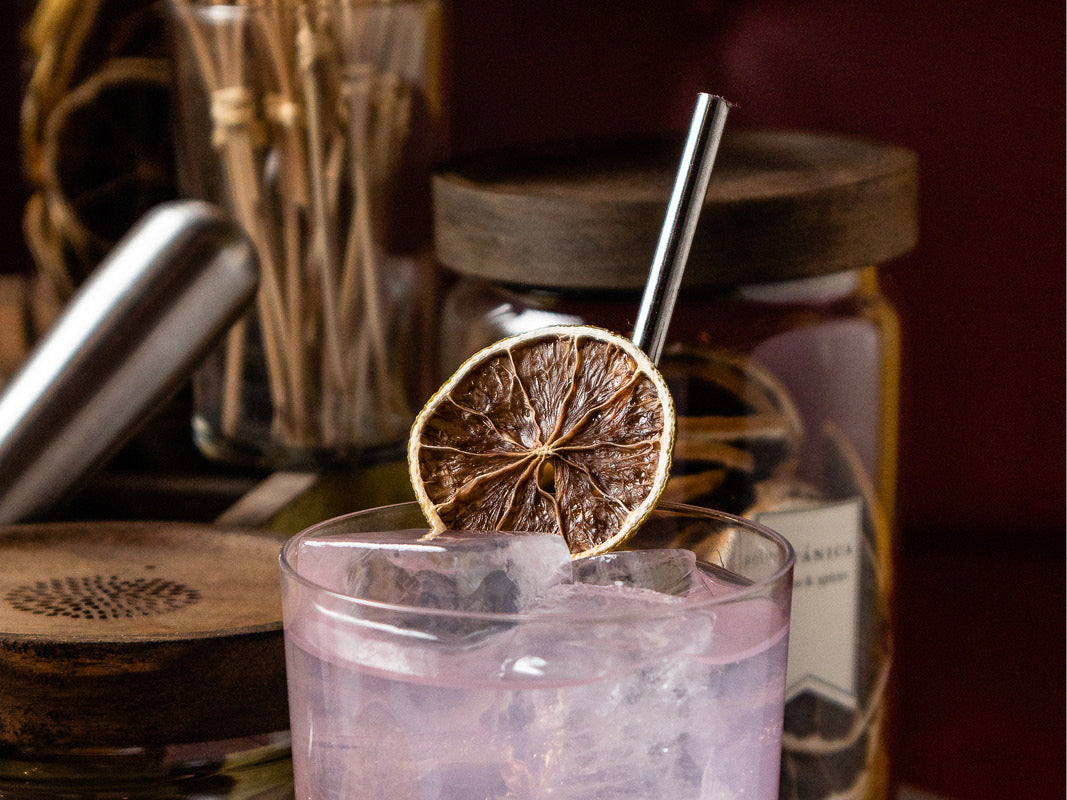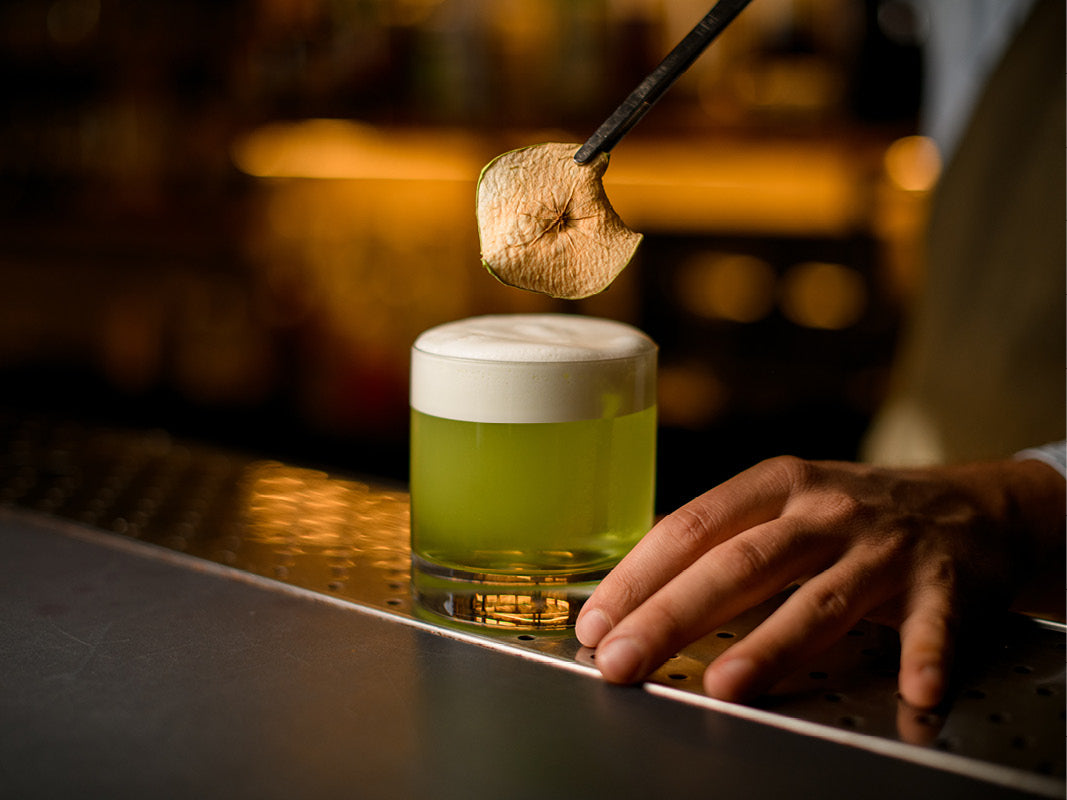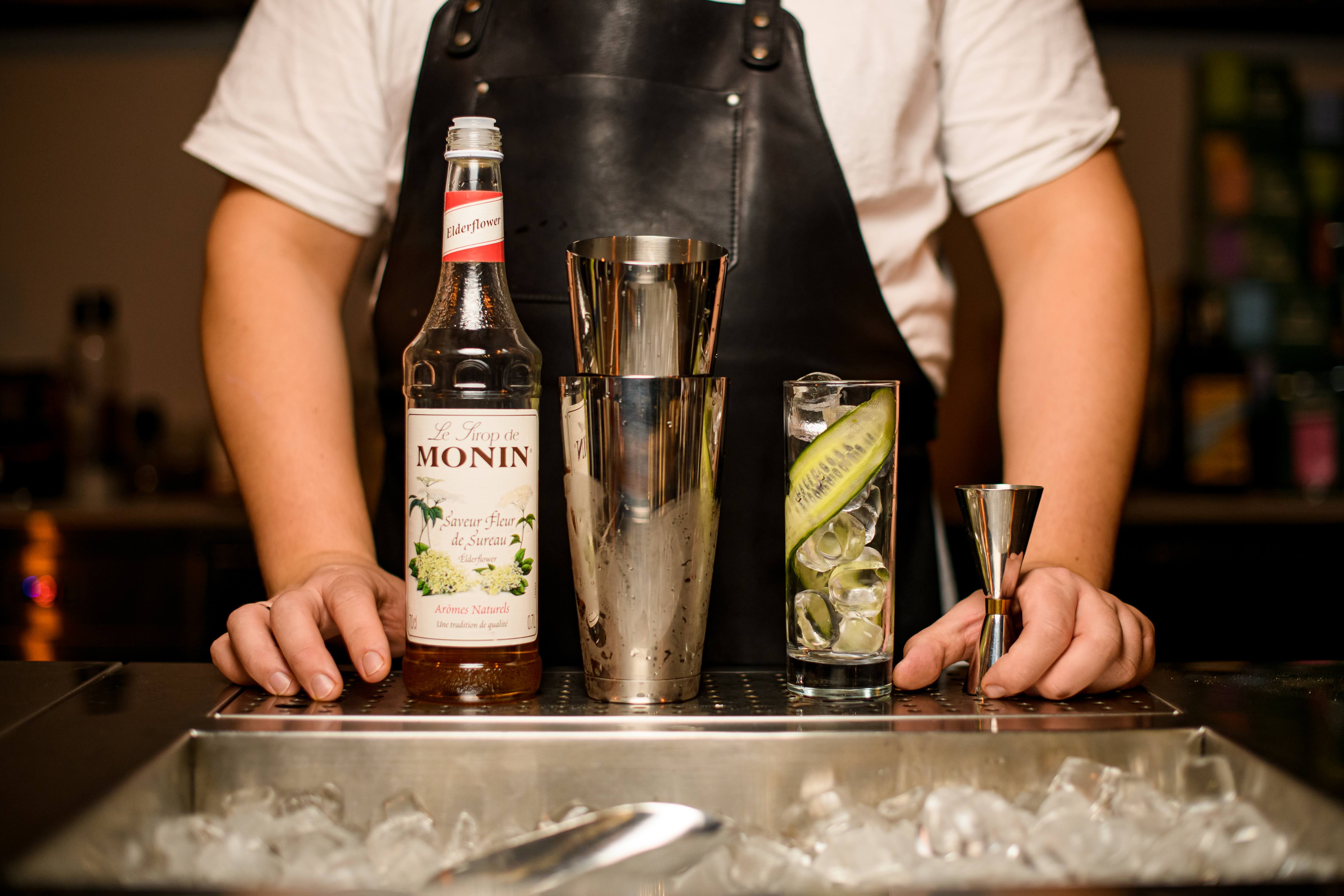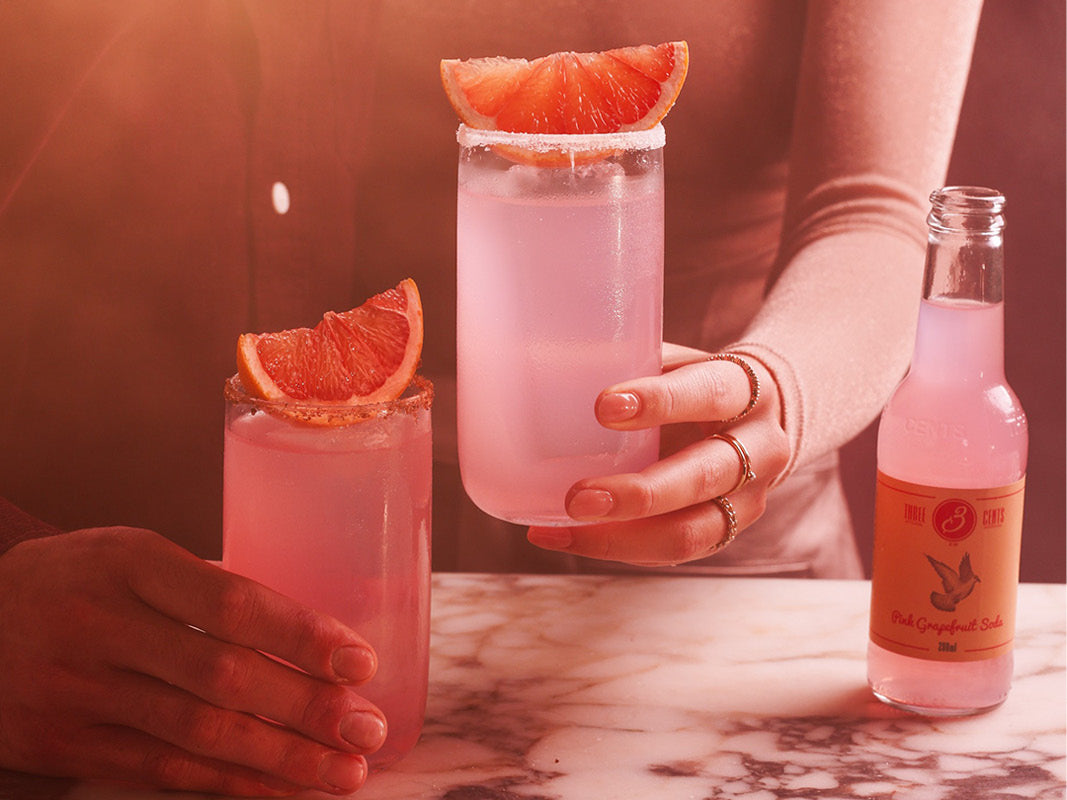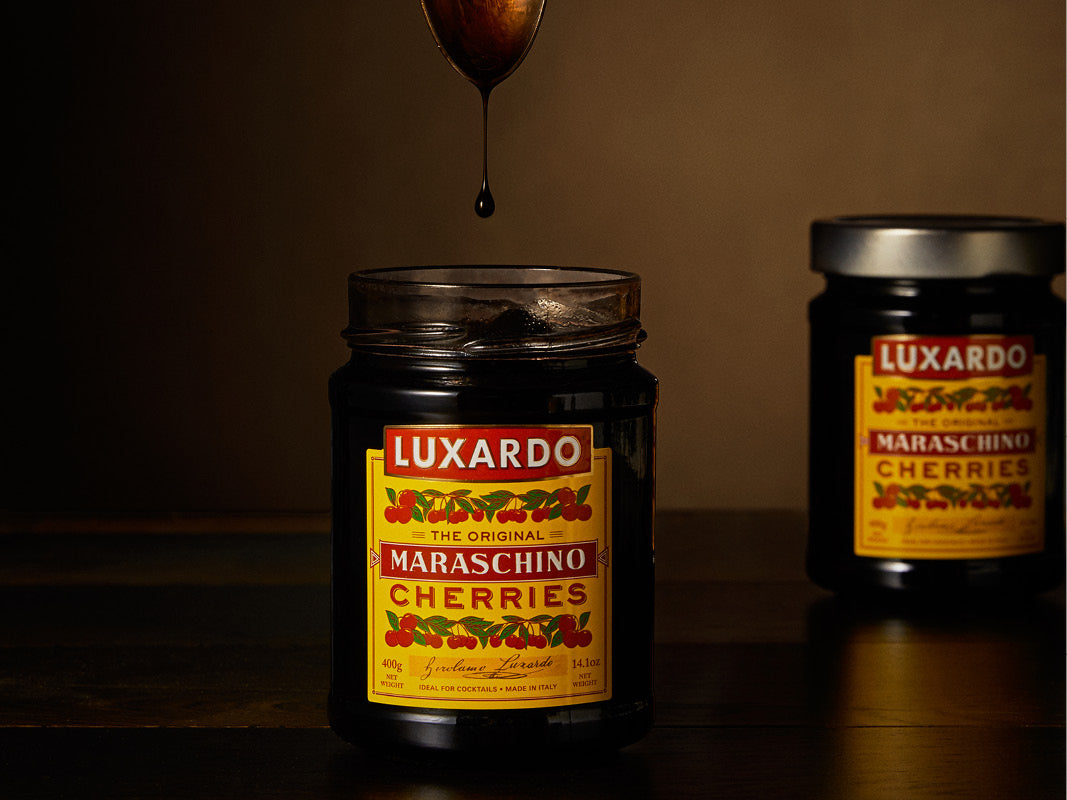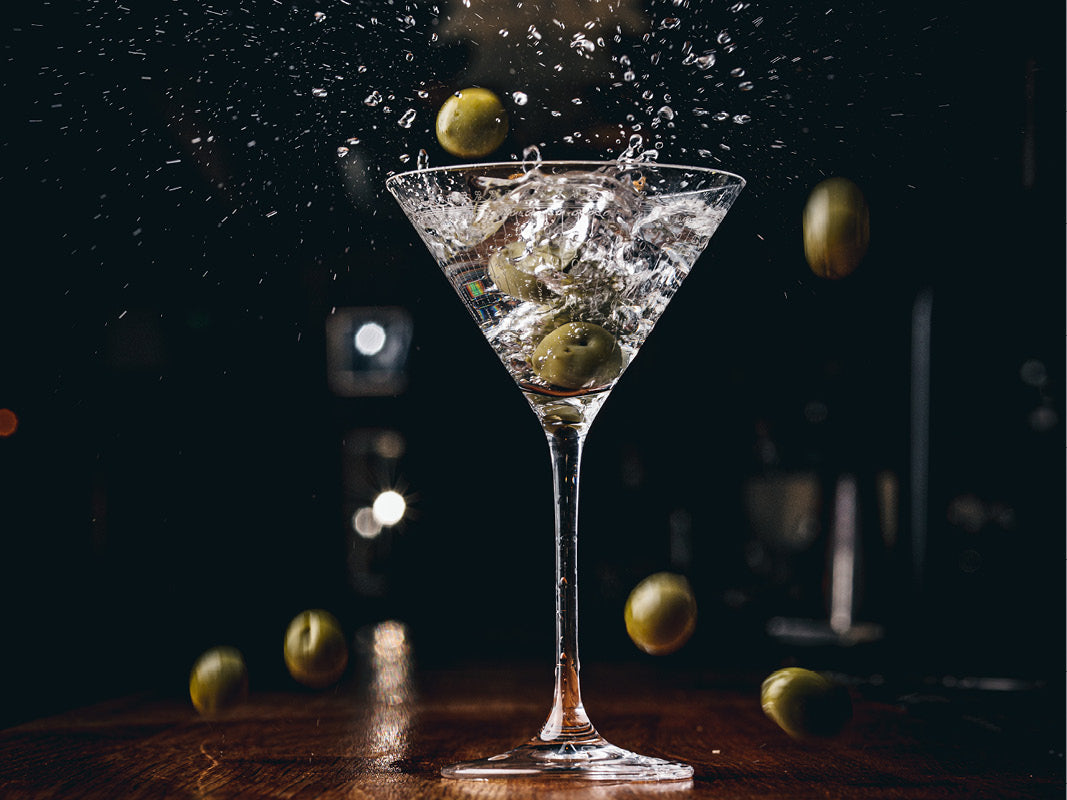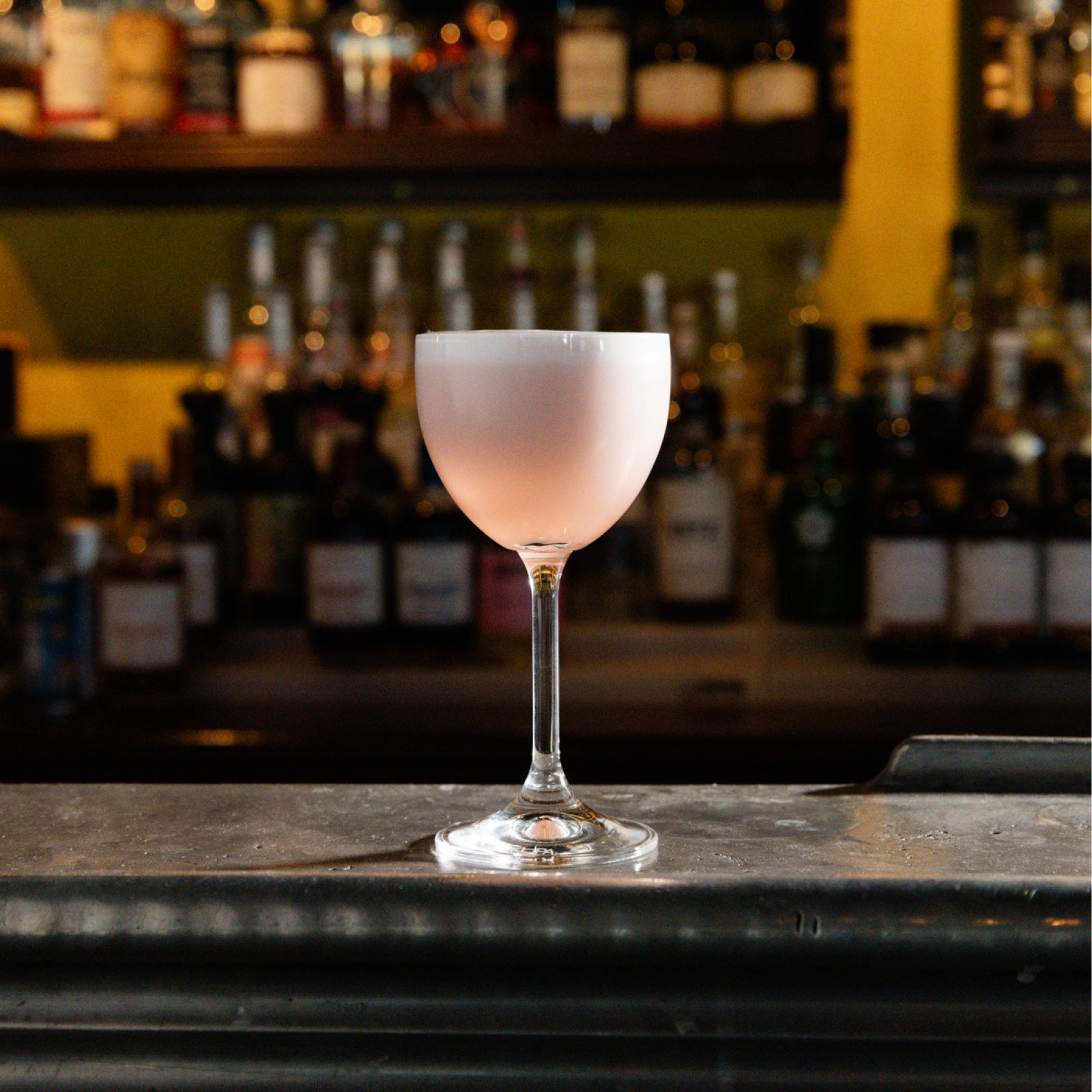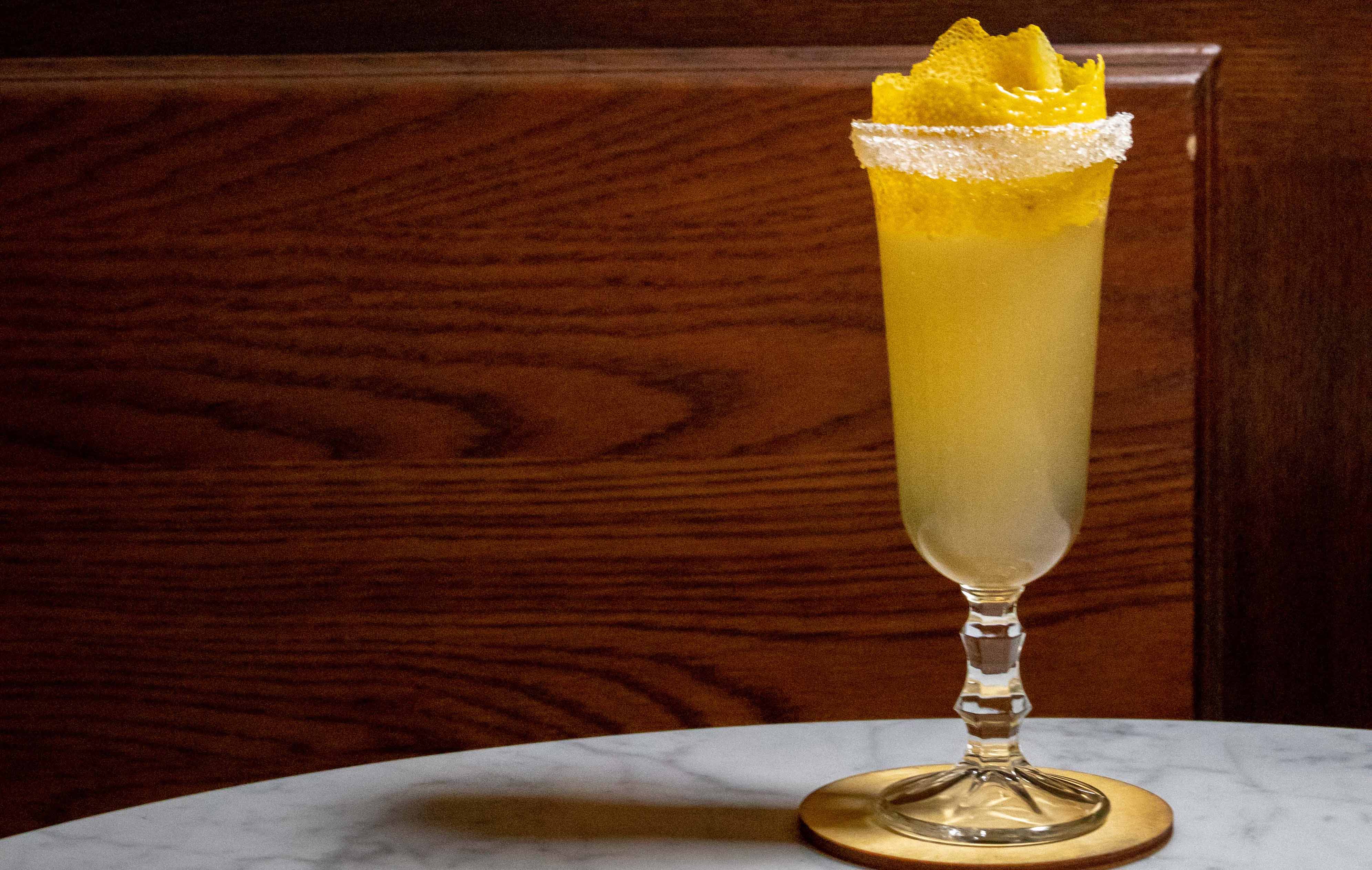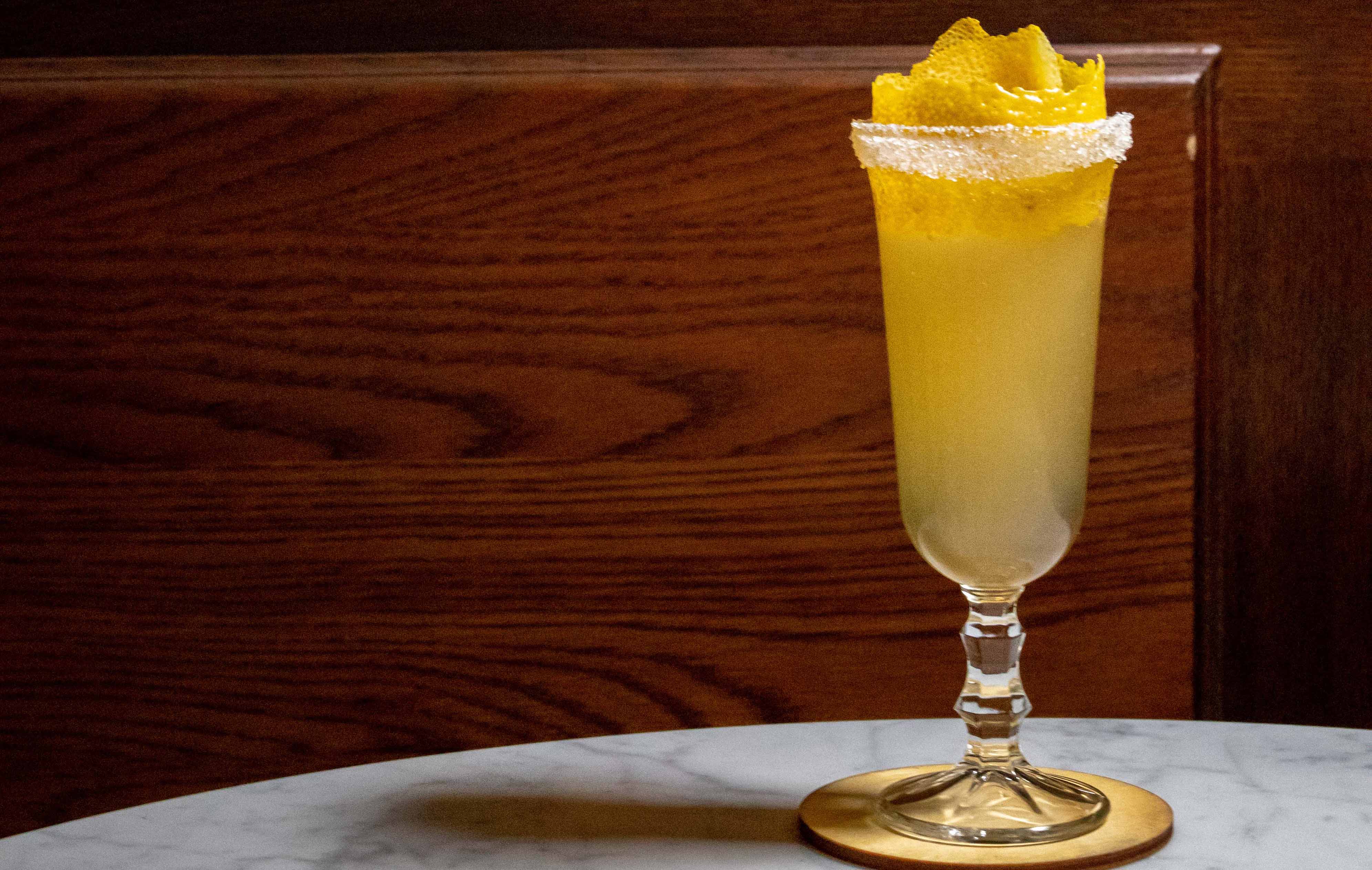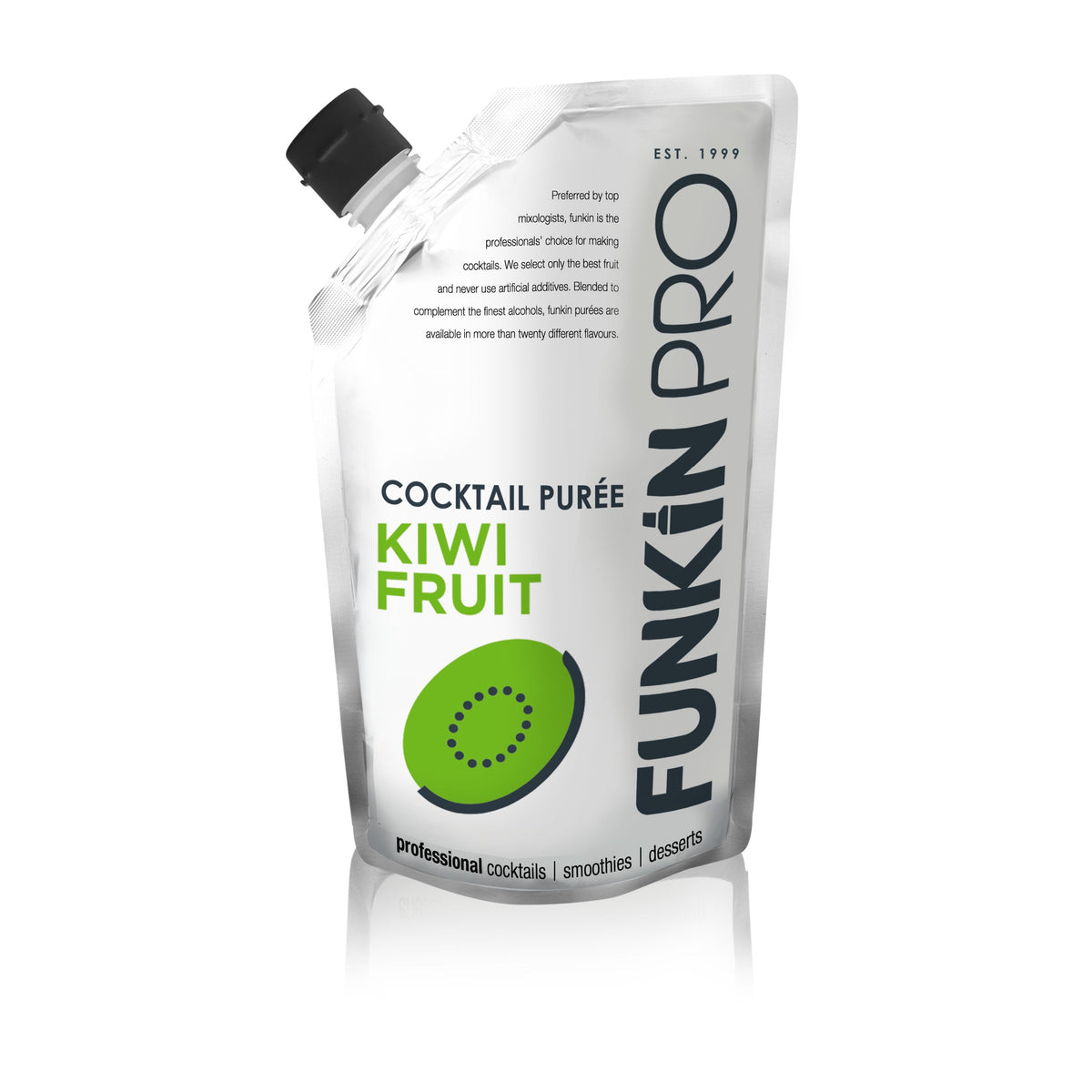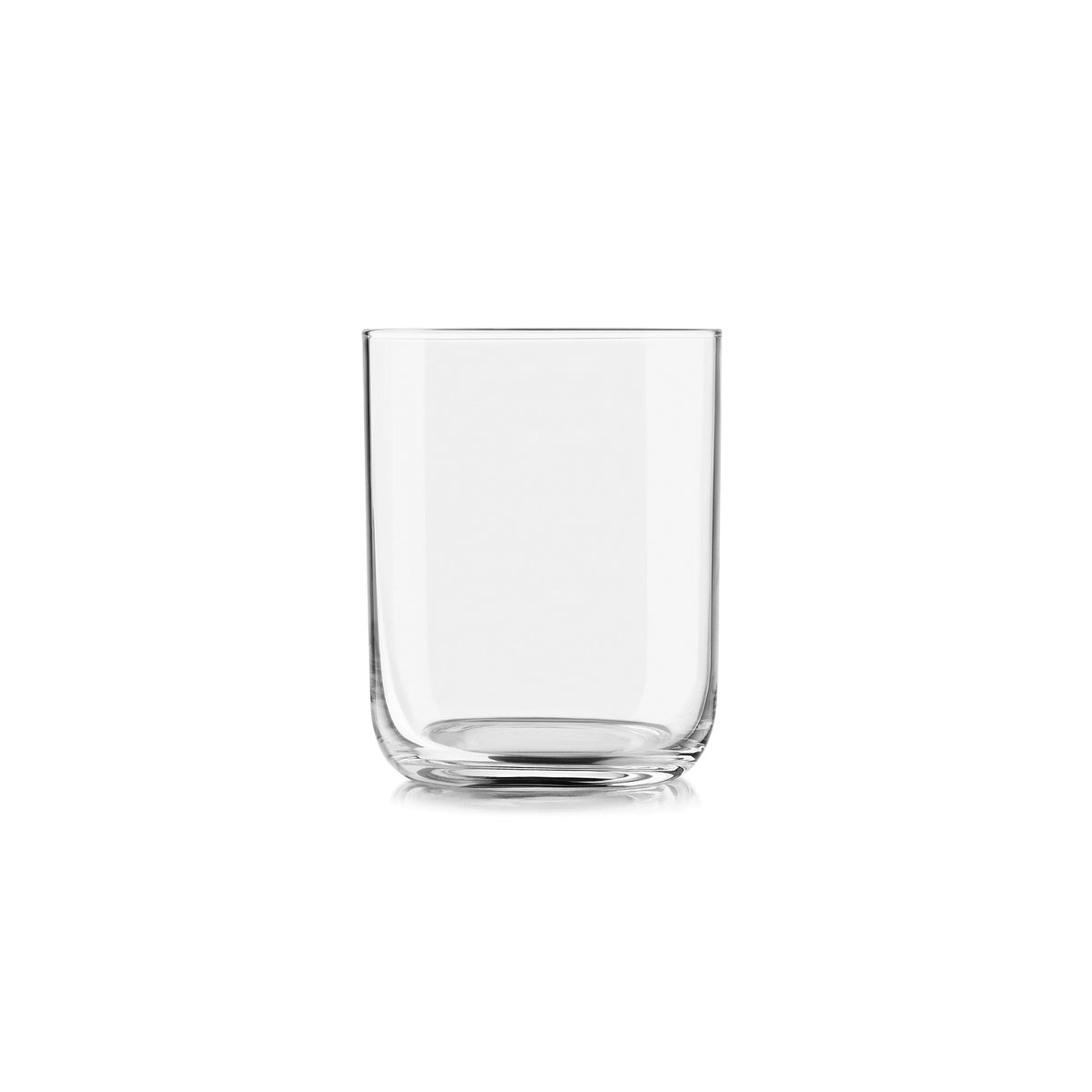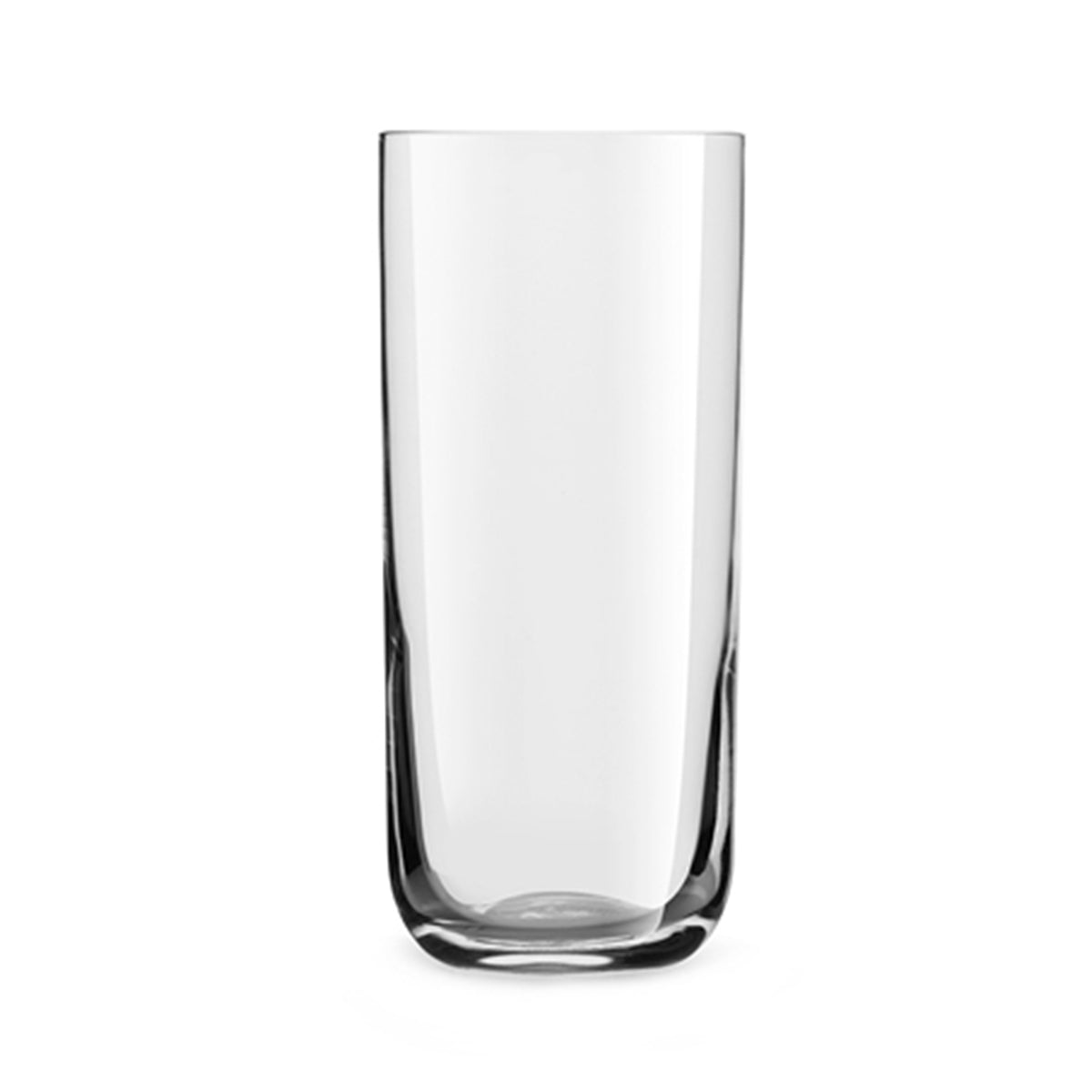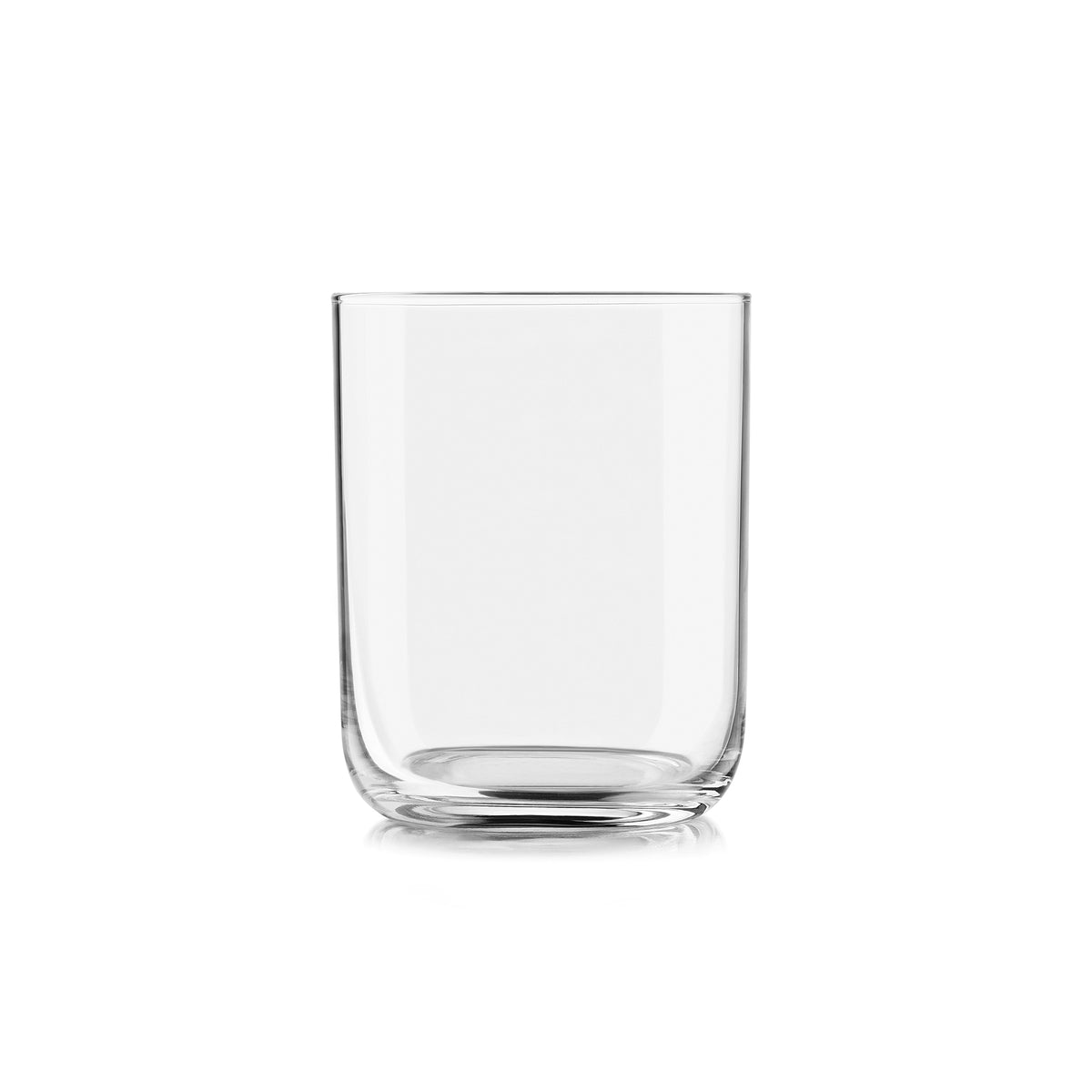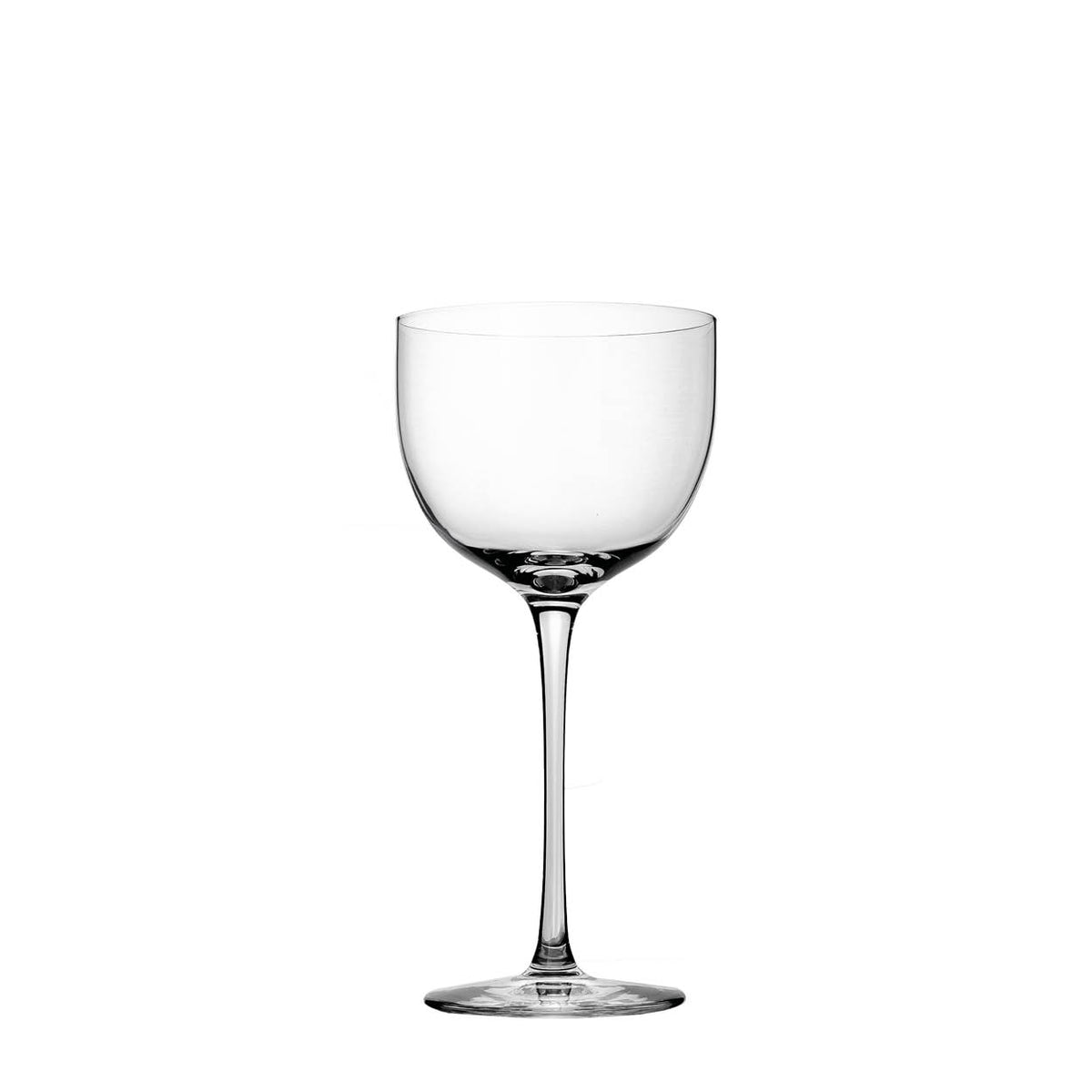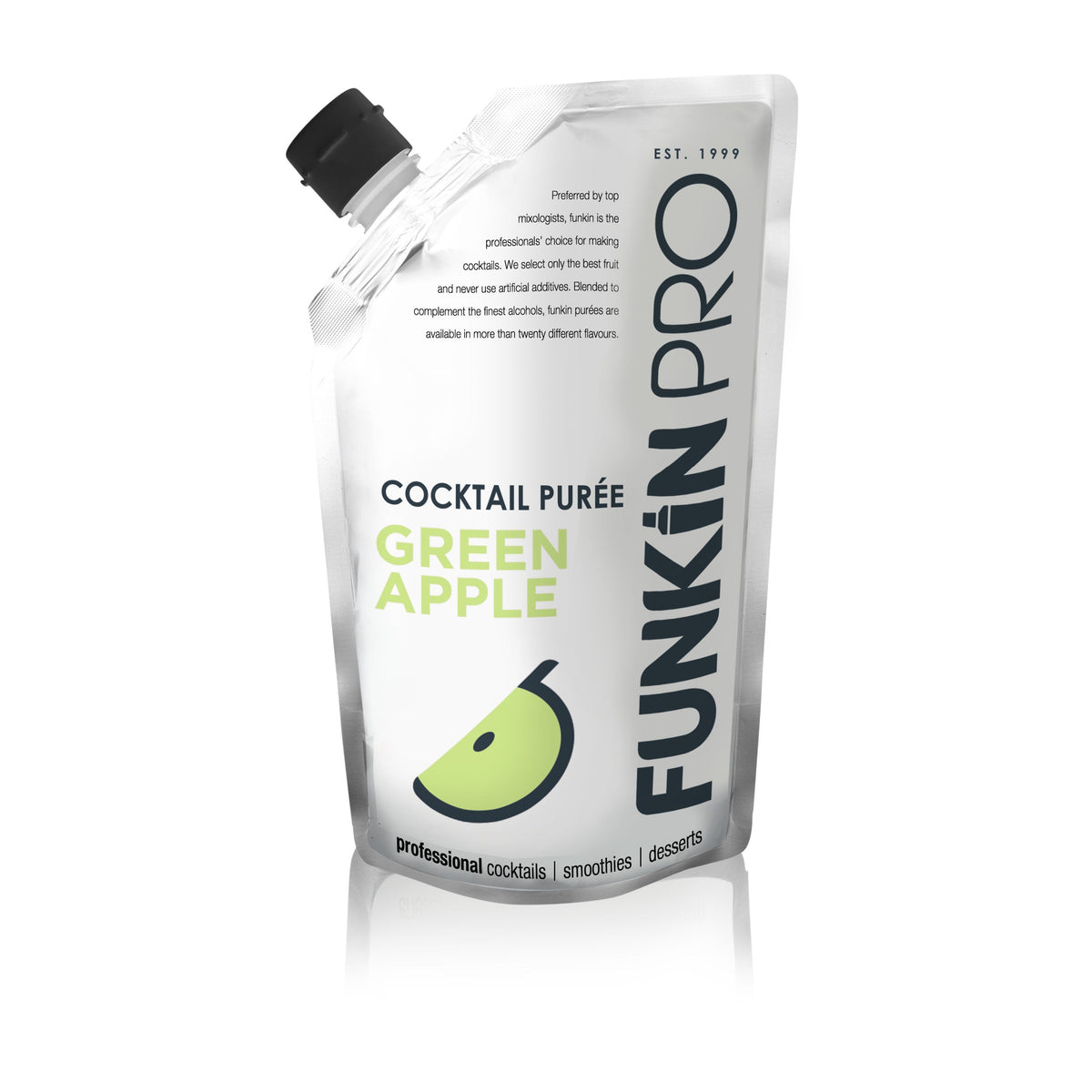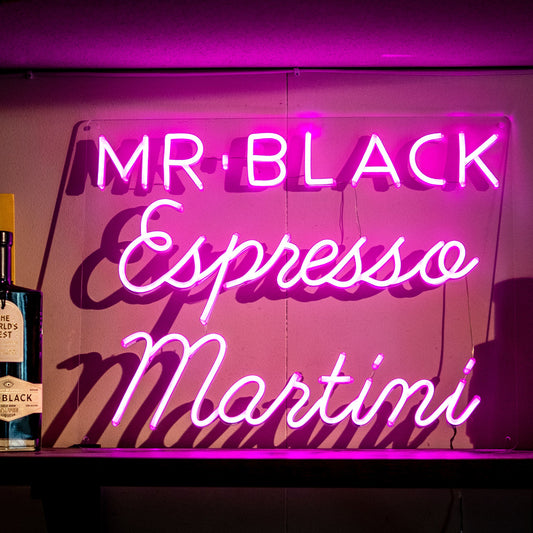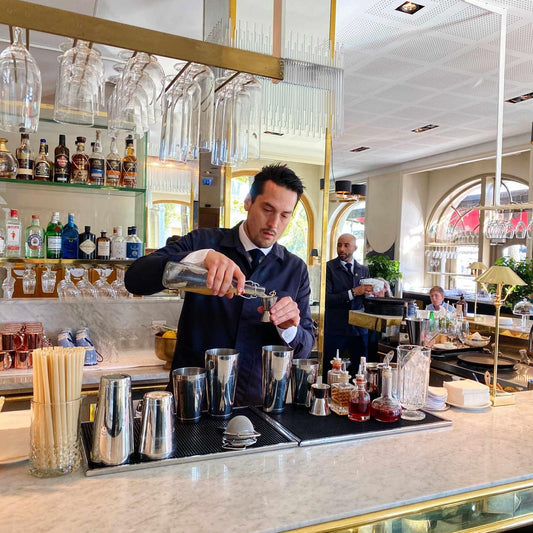Måns goes to Mexico
Our sales associate Måns Borg joined San Cosme on a trip to Oaxaca, Mexico and shares his experiences from his trip across the Atlantic.


An early Saturday morning I went to Arlanda to begin a journey that will stay with me for a very long time. I left a gray, cold and sleepy Stockholm and headed of to Oaxaca, Mexico. Alongside different ambassadors from Europe I had the privilege to join a week’s workshop held by our producer San Cosme, where we were going to learn how their mezcal is made. Mezcal is a liquor made from the agave plant.
The 15-hour flight took me to Mexico City where I met up with the other participants as well as Gernot Allnoch from San Cosme. We spent the first two days in CDMX experiencing the city and getting to know each other before our six-hour long bus ride to our head destination – Oaxaca.


Our first day in Oaxaca started with a visit to Santiago Matatlan, the area in Oaxaca where San Cosmes production is. They have a capacity to bottle approximately 3000 bottles a day – which is very impressive considering every step of the process is done by hand. It’s quiet something to get to see all the work behind every bottle!
After a shorter lunch break, we went to one of the fields where the agave grows and got to assist Esteban harvesting an Espadín plant (the most common kind of agave). Every plant is harvested by hand in the scorching sun. The hard agave leaves are cut with a machete before the stem is cut with a tool that looks like a sharp spade. This is how Esteban and his co-workers cut 200–300 plants at a time, with turns into approximately 350 bottles of San Cosme mezcal. When the harvest is done depends on when the agave plant is fully grown, which is about 2–3 times a month.


We left the field and travelled to Palencan, where the agave is boiled and fermented. The agave is placed on a coal bed on a massive fireplace covered in volcanic rocks. Covered and protected by different fabrics it stays like that for 2–3 days. During this time the agave boils and softens so it’s easier to release the juice which has created a lot of sugar. This part of the process gives the mezcal it’s smoky character.


When the plants are done boiling in the classical conical stone oven they are taken to the Egyptian grinding. A tahona stone pulled by a horse grinds the agave until it becomes bagasse. The agave is then put in a wooden tank where it ferments for 5–7 days depending on the weather. The finished mezcal comes out at around 51% ABV but is watered down to 40% before being sent to be bottled.


After a fun, intense and interesting day we ended the night with tacos (of course!) and amazing margaritas made with San Cosmes mezcal. We spent the last day in Oaxaca being tourists and experiencing local delicacies before returning to Stockholm.
A big thank you to San Cosme for an educative trip with some great people who I’ll never forget. See you again soon!
Dixeebe!


